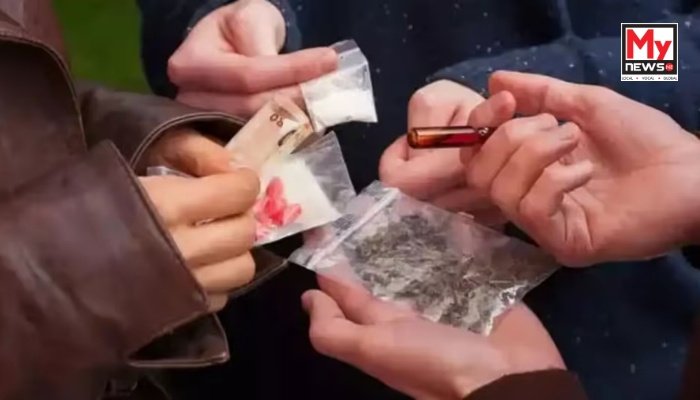New Study Reveals Alarming Trend of Early Drug Initiation Among Children in Meghalaya
SHILLONG: A recent study has brought to light a disturbing reality in Meghalaya, revealing that drug use among children can begin at the tender age of 10. This alarming finding is significantly lower than the national average age of 22 and also predates initiation in neighboring states like Manipur and Nagaland.
The qualitative research, published in the April–June 2025 edition of the Indian Journal of Public Health, was a collaborative effort between the Indian Institute of Public Health, Shillong, and the Meghalaya AIDS Control Society.
The study surveyed 128 individuals undergoing opioid substitution therapy across East Khasi Hills, West Jaintia Hills, and East Jaintia Hills, alongside 17 service providers. The findings indicated that the average age for first-time drug use in the state is 19 years, with a concerning one-third of respondents starting as minors. More than a quarter were still attending school when they first began using drugs. The demographic data painted a clear picture: over 91 per cent of users were male, 80 per cent were employed in the unorganised sector, and a majority had not completed 10 years of schooling.
The reasons cited for initial drug use ranged from simple curiosity and peer pressure to more complex issues like family problems and a desire for stress relief. Heroin was identified as the most prevalent injected drug, with daily expenditure on the habit often soaring from ₹500 to ₹2,000, and occasionally reaching ₹2,500. Users reported easy access to drugs through readily available markets and modern mobile-based transactions, which has made procurement even more discreet.
Researchers observed that this early initiation significantly heightens the risk of long-term addiction and erodes the traditional community support systems that are crucial for intervention. A notable pattern identified was the progression from substances like marijuana or painkillers to more potent and dangerous opioids such as heroin. Specific variants with street names like “black tiger” and “double tiger” were found to be increasingly common in the state. The study concluded with an urgent appeal for robust outreach programmes in schools and community spaces to tackle this growing crisis and prevent more children from falling into the trap of addiction.
Read More: Police nab mother for strangling five-month-old in Tripura to elope with lover

